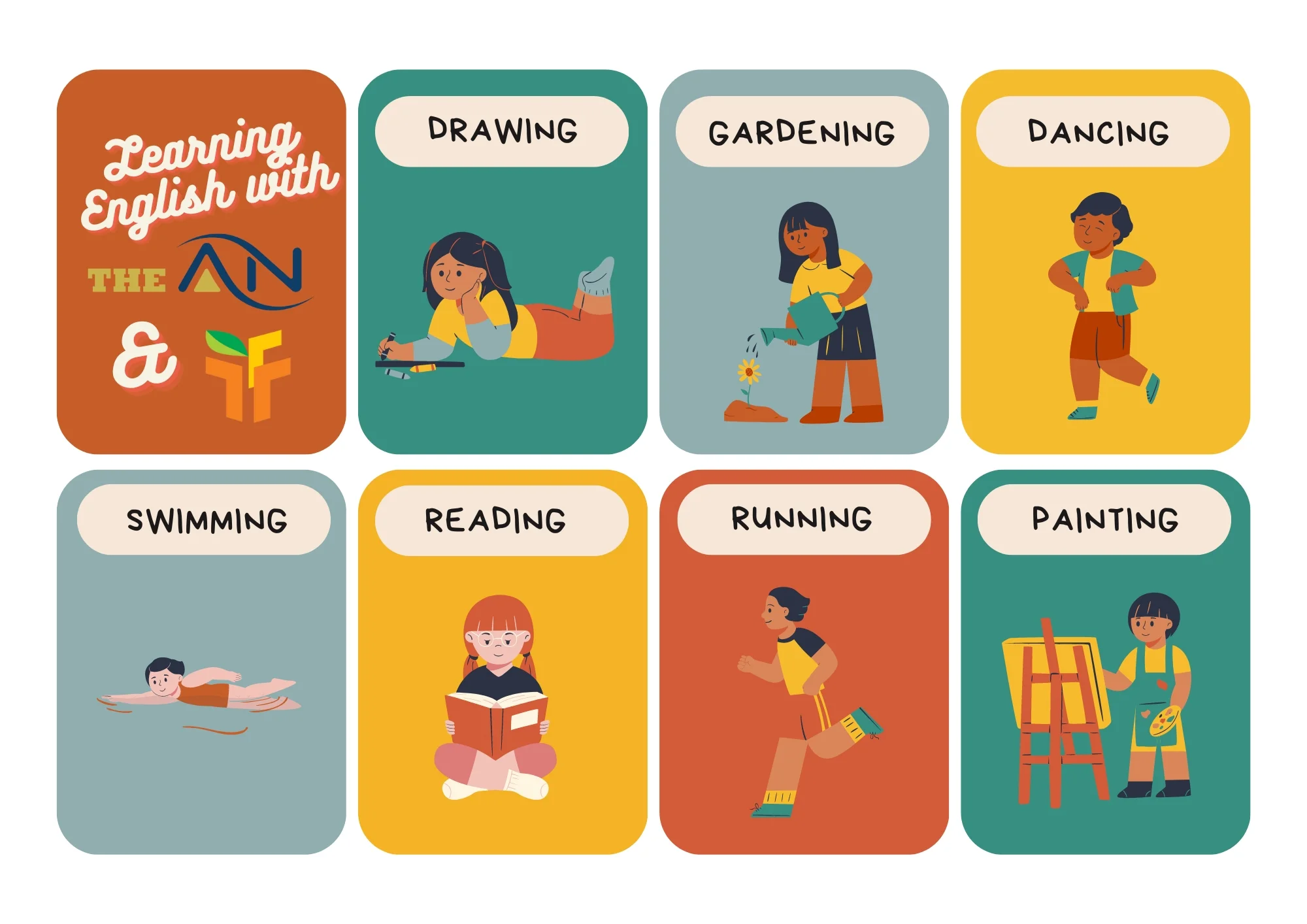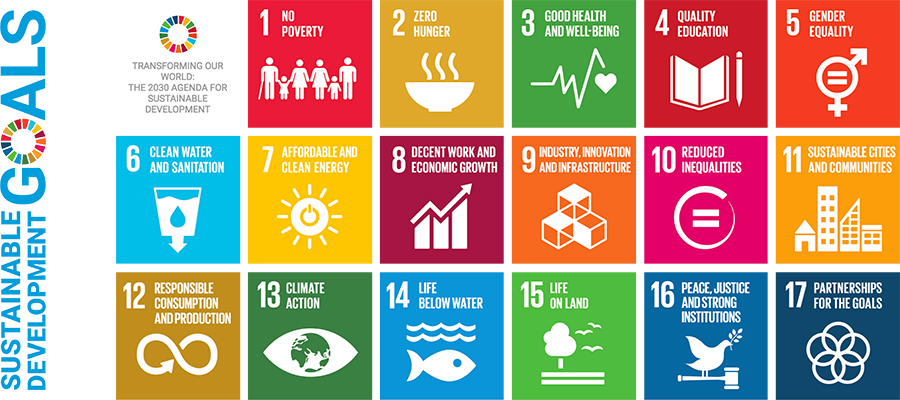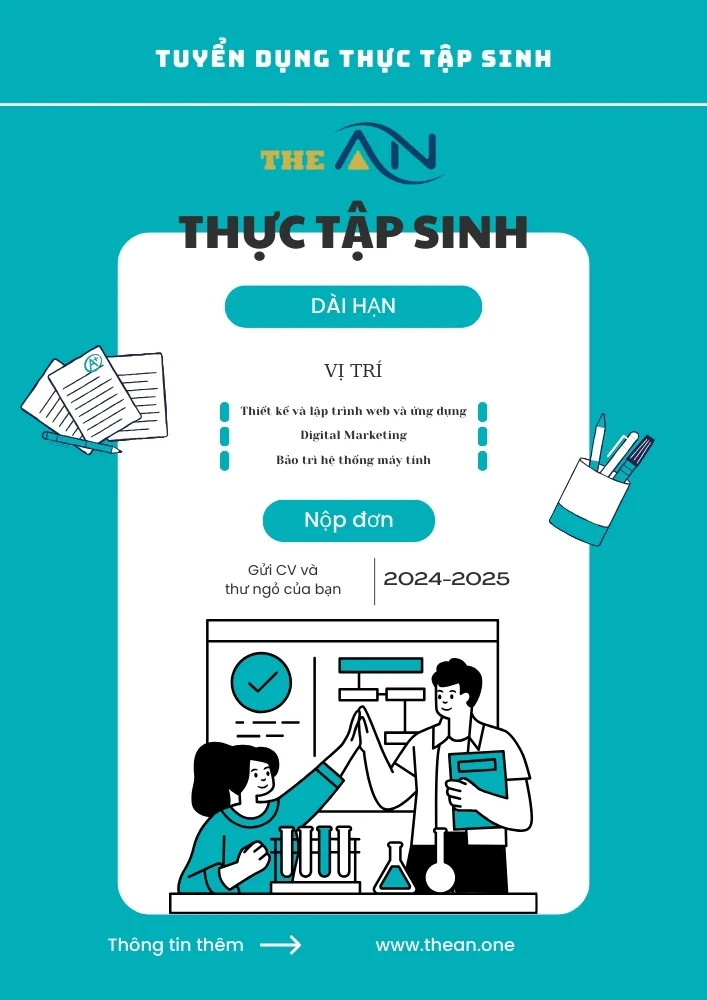Rules for Degree of Adjectives

Do you want to learn more about the rules of adjectives and three degrees of comparison? In this article, you will about the rules related to the degree of adjectives and other important terms regarding the comparison of adjectives
Table of Content
- Definition
- What are the three Degrees of Adjectives?
- List of Degrees of Adjective
- FAQs on Compound Adjectives
What is the Degree of Adjectives?
An adjective can draw a comparison between two or more things when describing, modifying, or quantifying nouns or pronouns in a sentence. Hence, the more the number of compared subjects, the higher the degree of comparison in a sentence. An adjective is a describing word that modifies or evaluates the purpose of a noun or pronoun by adding specific attributes to it. Degree refers to the intensity, comparison, or superlative quality of an adjective. It enables us to compare and contrast various entities or describe something in relation to others.
What are the Three Degrees of Adjectives?
Adjectives, being known for their character of comparison of one thing to another, has three primary degrees of comparison that are namely: positive degree, comparative degree, and superlative degree, which are used to compare two or more things. There are three main degrees of comparison when it comes to adjectives. They are defined in great detail as the following:
1. Positive degree
Positive Degree of Comparison or the ‘positive degree’ is utilized when only one subject or object is being described in a sentence. When an adjective defines or describes only one thing without drawing any comparison between it and another thing, it is known as a positive degree. The adjective is just used to define the quality that a particular noun or pronoun acting as a subject in a sentence possesses.
Example:
- She is a talented singer.
- The weather is beautiful today.
2. Comparative degree
In the Comparative Degree of Comparison, the adjective juxtaposes two or more subjects against each other in a sentence. The qualities of these subjects- noun or pronoun, defined by the adjective in the sentence create a collation between those subjects in the sentence. In simple words, when comparing two things or people, the comparative form of an adjective is often used.
Example:
- Nisha is taller than Shreya.
- This book is more interesting than the previous one.
3. Superlative degree
The Superlative Degree of Comparison also finds use in comparing two or more subjects in a sentence. However, as opposed to the other two degrees, the Superlative degree expresses the highest quality or quantity of the noun or pronoun used in the sentence. Following a superlative adjective in a statement, words like ‘of’ and ‘in’ are used. When modifying a specific word, the article ‘the’ ought to be utilized before a superlative degree.
Example:
- Mount Everest is the tallest mountain in the world.
- This is the most delicious cake I have ever tasted.
| Positive Degree | Comparative Degree | Superlative Degree | |
|---|---|---|---|
| Short Adjectives | big | bigger | biggest |
| small | smaller | smallest | |
| good | better | best | |
| Long Adjectives | beautiful | more beautiful | most beautiful |
| interesting | more interesting | most interesting | |
| intelligent | more intelligent | most intelligent |
List of Degrees of Adjective
Given below is a list of the top 50 most used Adjectives and their degrees of comparison.
| Positive Degree | Comparative Degree | Superlative Degree |
|---|---|---|
| Big | Bigger | Biggest |
| Fast | Faster | Fastest |
| Tall | Taller | Tallest |
| Brave | Braver | Bravest |
| Happy | Happier | Happiest |
Compound Adjectives – FAQs
The degree of comparison of an adjective is a scale that assesses the level of juxtaposition between two or more subjects in a sentence. For example, when describing, modifying, or quantifying nouns or pronouns in a sentence, an adjective can make a contrast between two or more objects.
The three adjective degrees of comparison are the following:
- Positive Degree
- Comparative Degree
- Superlative Degree
A positive degree adjective is one that defines or characterizes only one object without drawing any comparisons to another thing. Instead, the adjective simply defines the quality that a specific noun or pronoun serving as the subject of a sentence holds.
The adjective in the Comparative Degree of Comparison contrasts two or more topics in a sentence. To put it simply, the comparative form of an adjective is frequently used when comparing two objects or people.
The Superlative Degree of Comparison is also used when comparing two or more topics in a sentence. The Superlative degree, on the other hand, conveys the highest level of quality or quantity of the pronoun or noun employed in a sentence, as contrasted to the other two degrees.
A few examples of the degree of comparison include:
able, abler, ablest; good, better, best; blue, bluer, bluest; close, closer, closest; crazy, crazier, craziest; dense, denser, densest; dull, duller, dullest; fair, fairer, fairest; few, fewer, fewest; great, greater, greatest; hard, harder, hardest; ice, icier, iciest; juicy, juicier, juiciest; kind, kinder, kindest; little, littler, littlest; messy, messier, messiest; naughty, naughtier, and so on.
Quý anh/chị đang tìm kiếm một doanh nghiệp uy tín cung cấp dịch vụ Công Nghệ Thông Tin như Thiết kế và lập trình website, Digital Marketing, hoặc dịch vụ Bảo trì và chăm sóc hệ thống máy tính, ...? Đừng ngần ngại hãy liên hệ với The ÂN qua số điện thoại (+84).326.418.478 để được tư vấn cụ thể, hoặc liên hệ qua mẫu tin.
Các thông tin nổi bật khác:









